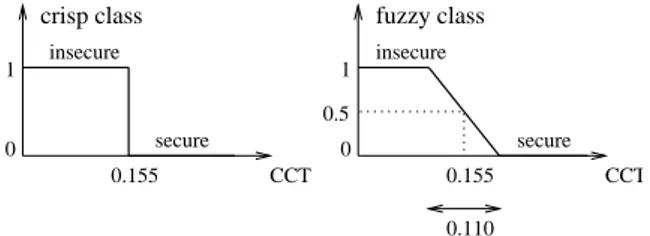Bias-variance tradeoff of soft decision trees
Texte intégral
Figure




Documents relatifs
One of the problems with invariance is that rescarchers are still confused about what unit should be iilvariant or "lIIore" invariant than the others
In this section we show that for standard Gaussian samples the rate functions in the large and moderate deviation principles can be explicitly calculated... For the moderate
remarkable that for a given thermal activity ratio K, the present conjugate cases with different fluid-solid properties ratios lead to similar dissipation rates in the fluid domain,
To study the hypothesis that with a decrease of the sample size, the accuracy of the classification of fuzzy decision trees is better than classifying with classical ones, the
Concerning the selection methods, as mentioned in section I, our aim is not to find the optimal subset of individual classifiers among a large ensemble of trees, but rather to
Then, the defined oracle, whose relevance was empirically confirmed on realistic channels in a millimeter wave massive MIMO context, was compared to the classical LMMSE
Detection of signif- icant motifs [7] may be based on two different approaches: either by comparing the observed network with appropriately randomized networks (this requires
It invited the Chairman of the thirty-ninth session and the Regional Director to re-arrange and modify the said provisional agenda in the light of developments in the
